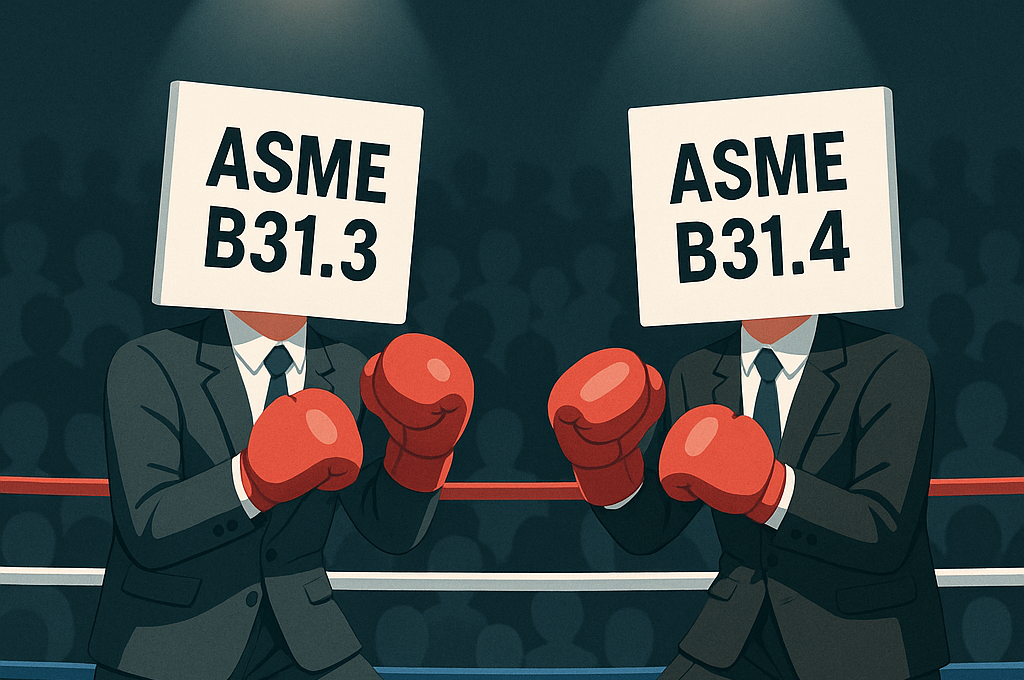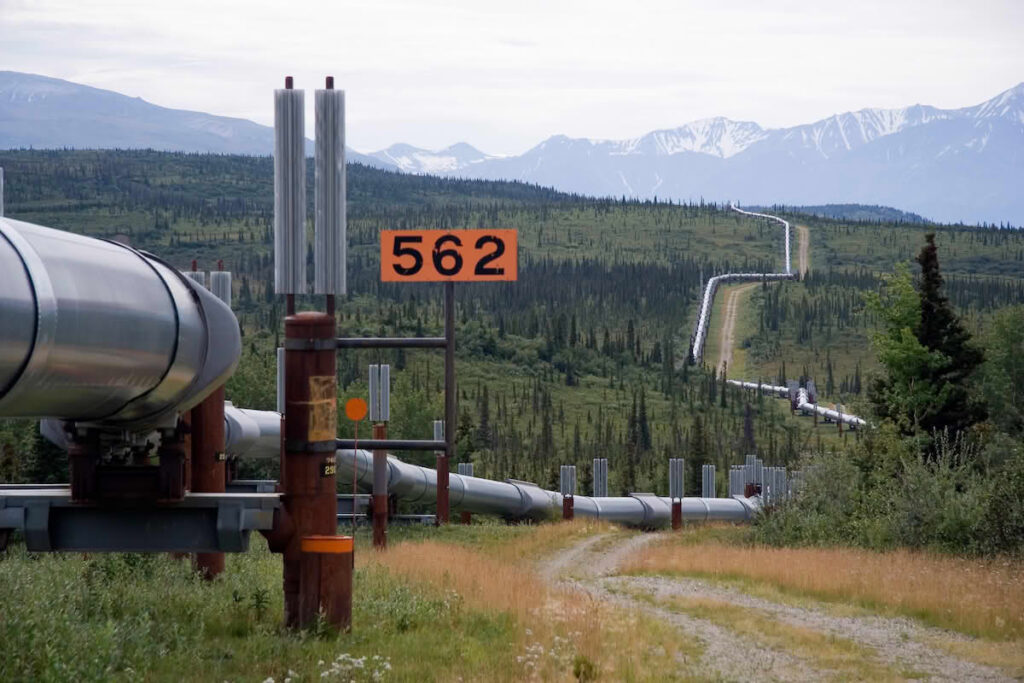Anchor flanges are forged fittings installed on a pipeline to counteract axial movement and prevents the pipeline from moving largely due to thermal expansion. Once the flange is attached to the line pipe, it is normally embedded in a concrete foundation. Anchor flanges can be installed in different locations such as suction and discharge laterals of pumping stations, at river crossings, or at directional change points. An anchor flange is a type of flanged axisymmetric ring body. Both sides of the flange are symmetrical flange necks. The ends of the two flanged necks are each welded to the end of the pipe and embedded in the anchor pile. The two flanges are connected by bolts, combined with existing technology, the gasket is removed, and the flange is connected to the gas transmission pipeline by welding to create an integral flange, which is fixed by the flange body and the anchor pile. Can be used for pipeline connection repair.
Uses & features of Anchor flanges:
Applications:
- Installed at points of directional change.
- Used in suction and discharge laterals of pumping stations.
- Secured at river crossings.
- Connected to equipment at meter runs.
- Used to secure subsea piping and risers to platform structures.
Features:
- Designed based on worst-case operating scenarios.
- Concrete embedding must consider loads.
- Supplied with end weld bevels matching pipeline wall thickness.
- Common materials include SA 105 and high-yield stress materials like SA 694, F52, F60, F65, and F70.
- Sizes typically range up to 42″, but custom sizes are available.
Dimensions:
The dimensions of anchor flanges are determined according to ASME B16.5 standards. These dimensions vary based on both the pressure class and the size of the pipeline. Generally, as the pressure class increases for a given pipeline size, all dimensions, including thickness, also increase. Similarly, when pipeline sizes increase while maintaining the same pressure class, the dimensions of anchor flanges also increase.
Required ordering information:
- NPS
- Pipeline wall thickness
- Material grade
- Design code
- Design pressure
- Design temperature
- Corrosion allowance
- Installation temperature
- Allowable concrete bearing stress
- Maximum axial load





